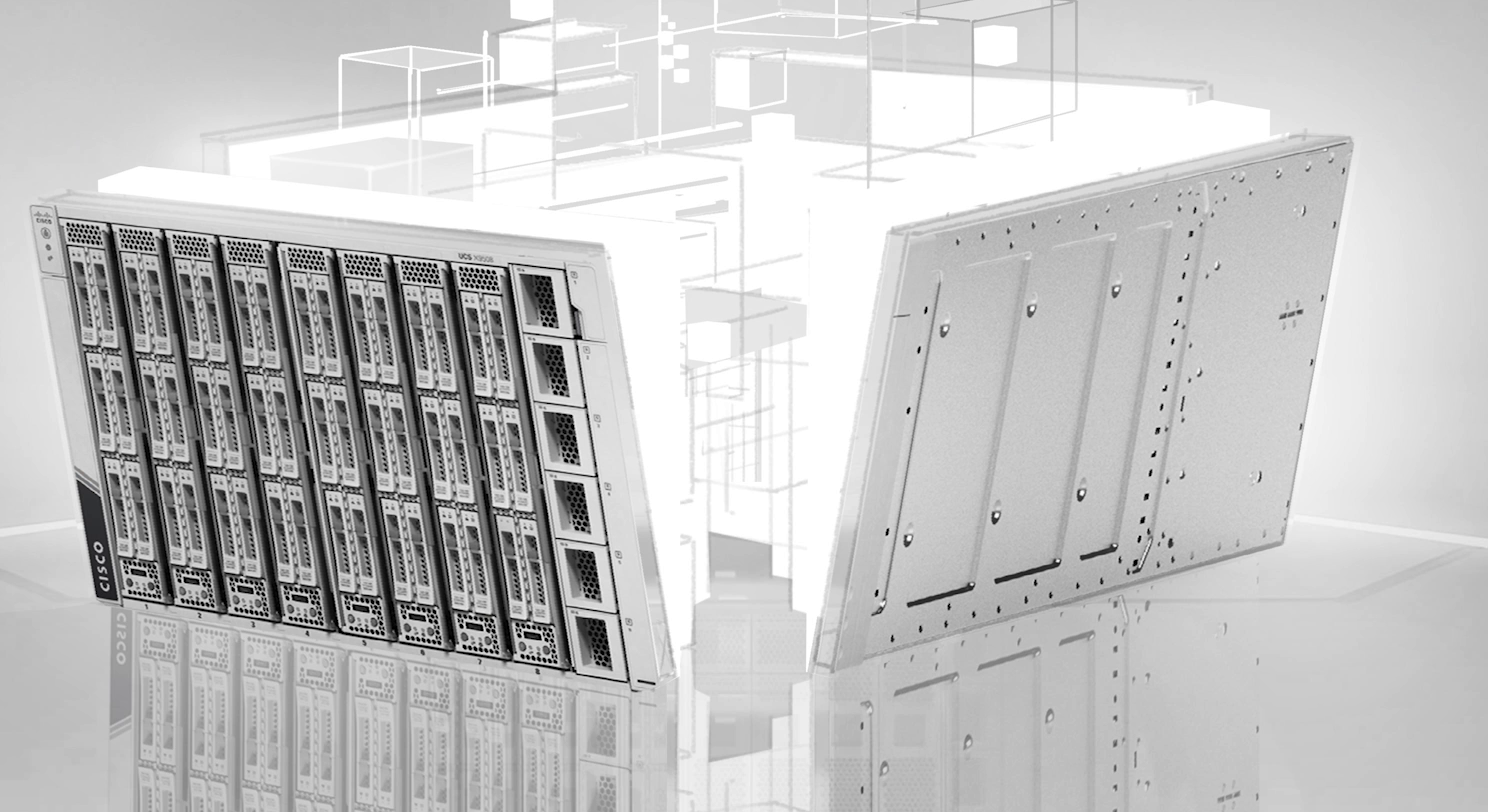- iPhone envy? Five iOS 26 features that Android users already have (and are better)
- Reinventing Infrastructure for the Next Wave of AI at Cisco Live
- Cisco reinvigorates data center, campus, branch networking with AI demands in mind
- A Generational Industrial Experience is in Store at Cisco Live San Diego
- Seraphic Security Unveils BrowserTotal™ - Free AI-Powered Browser Security Assessment for Enterprises
UCS X-Series Intelligent Fabric Modules deliver simplicity and performance – Cisco Blogs

A server without networking is like a holiday package without postage. All the great stuff inside the server/package can’t get to anyone. The Intelligent Fabric Module (IFM) is the X-Series postage stamp. It provides the connectivity between the Cisco UCS X210c M6 Compute Node and the network (6400 Series Fabric Interconnects).
A key benefit of fabric centric design
One of UCS’ biggest benefits has always been Unified Fabric. That is carrying data, storage, and management traffic over a single wire. The IFM combined with Cisco VICs deliver Unified Fabric. Reducing the number of cables per server (CapEx and OpEx considerations but TCO will be in a future blog) while being able to deliver the right amount and type of bandwidth to the server depending on the application is the hallmark of UCS.
The hardware
Each of the first gen IFM, officially known as the Cisco UCS 9108 25G Intelligent Fabric Module, in the X9508 chassis provide:
- 2 Tbps throughput
- 8x 25Gpbs SFP28 uplinks to the 6400 Series Fabric Interconnects
- 32x 25Gpbs downlink ports to the servers (four per X210c compute node)
To put those bullets in non-tech speak, with a mLOM adapter that’s 100Gbps per server; adding a mezz increases that to 200Gbps per server. What does this mean for your applications? You’ll be able to support more database transactions, more VDI users, and better user experiences.
As I mentioned in the 2nd blog on the X9508 Chassis, each of the redundant IFMs include their own fans and cooling sensors. These ensure the proper operating temperatures are maintained while not wasting energy spinning the fans at a high rate when there isn’t a need.
100% Modular Design
Cisco UCS X-Series has no midplane. The X210c (really the VICs) connects directly to the IFM. The precision alignment of the two connectors is shown at left.
Each compute node slot precisely aligns with its connector on each of the IFMs. This enables seamless upgrades to future compute nodes and/or IFMs without requiring any forklift upgrades.
Security
Security is always top of mind at Cisco. Like other UCS, Nexus, MDS products, there is added hardware to ensure both secure booting and anti-counterfeiting. The secure boot chip ensures the code that is run on the IFM is authentic and not modified, establishing a root of trust. To ensure the hardware itself is genuine, there is an ACT2 chip which has a unique digital fingerprint (SUDI – Secure Unique Device Identifier) burned in at the factory. The two form a secure boot sequence that confirms the hardware and software that you receive hasn’t been modified since it left the factory.
What does it all mean?
With the IFM, UCS X-Series ensures fast and secure delivery of packages (data).
What’s next?
Come back next week as we discuss Cisco UCS X-Fabric Technology. Can’t wait until then, check out the links in the blog for more information on UCS X-Series.
Resources:
Share:


